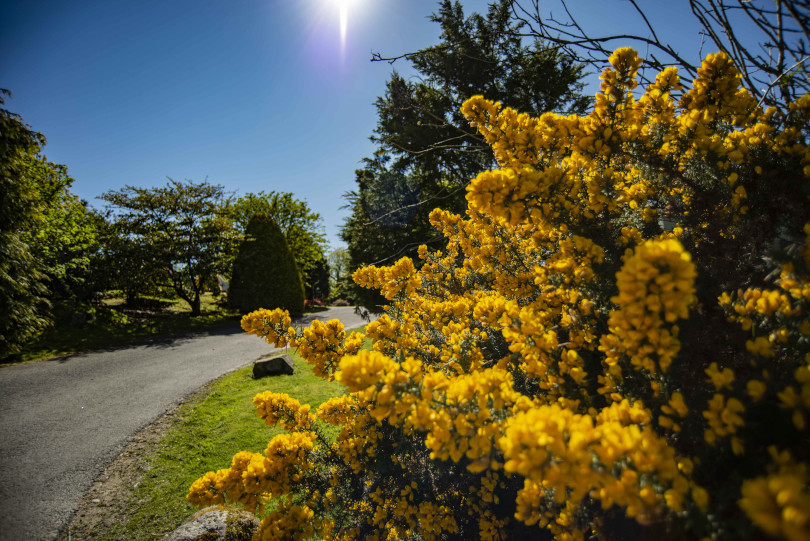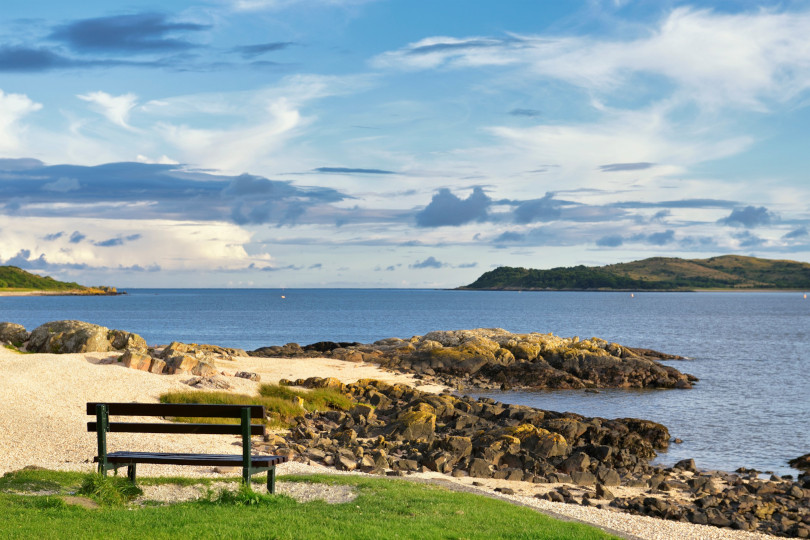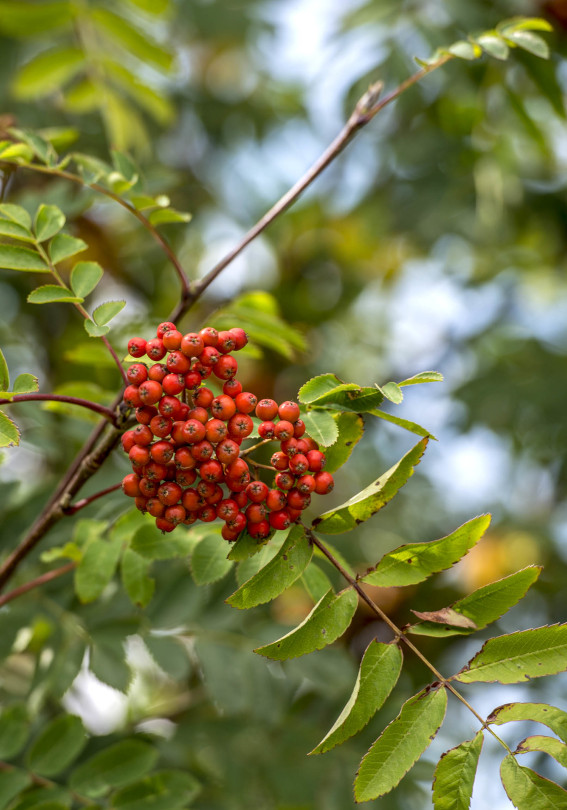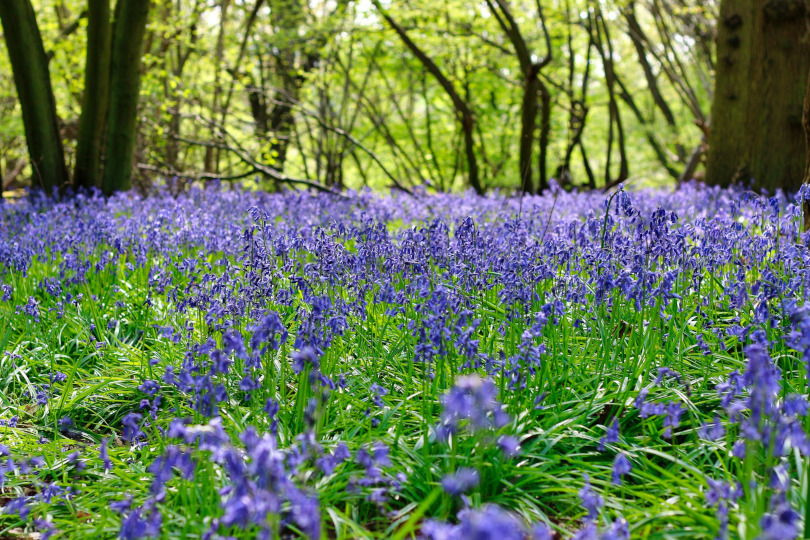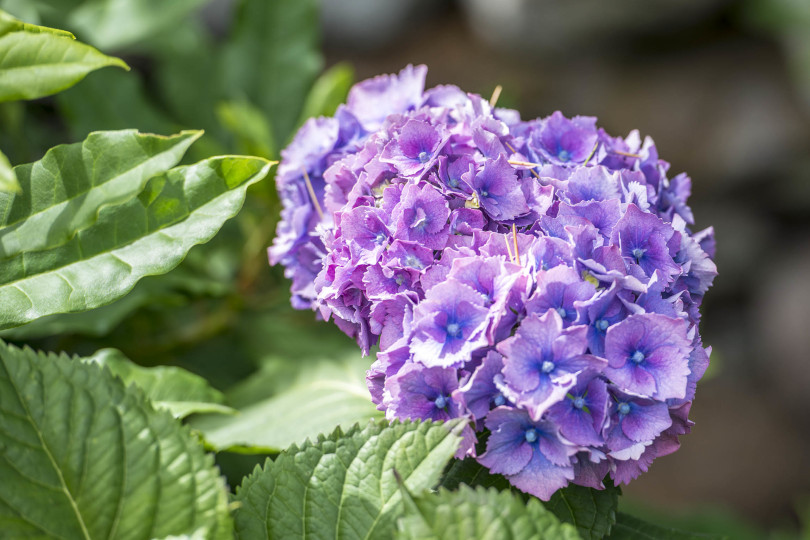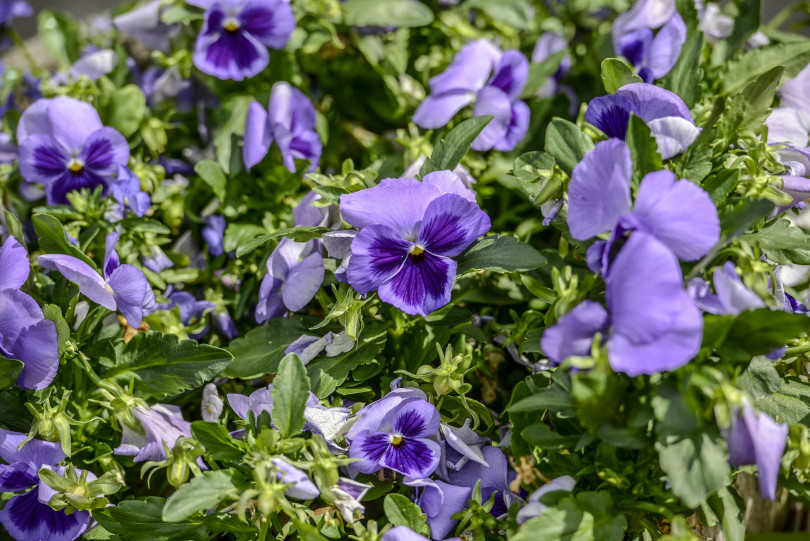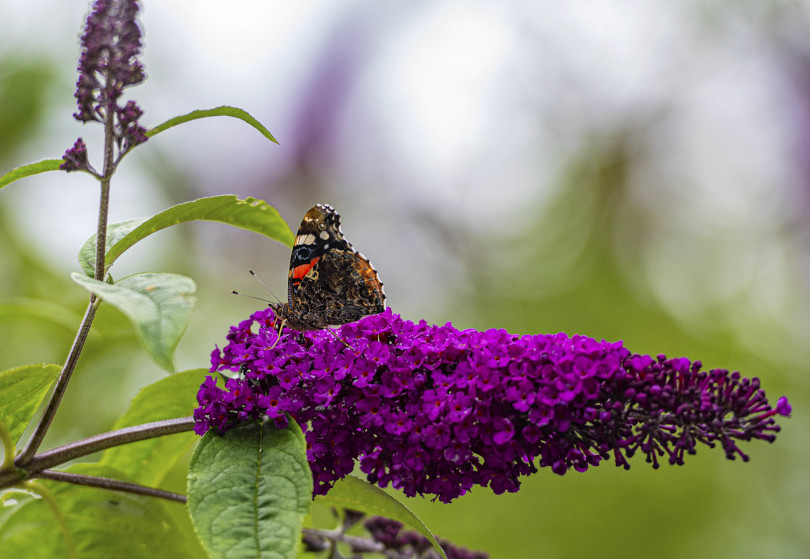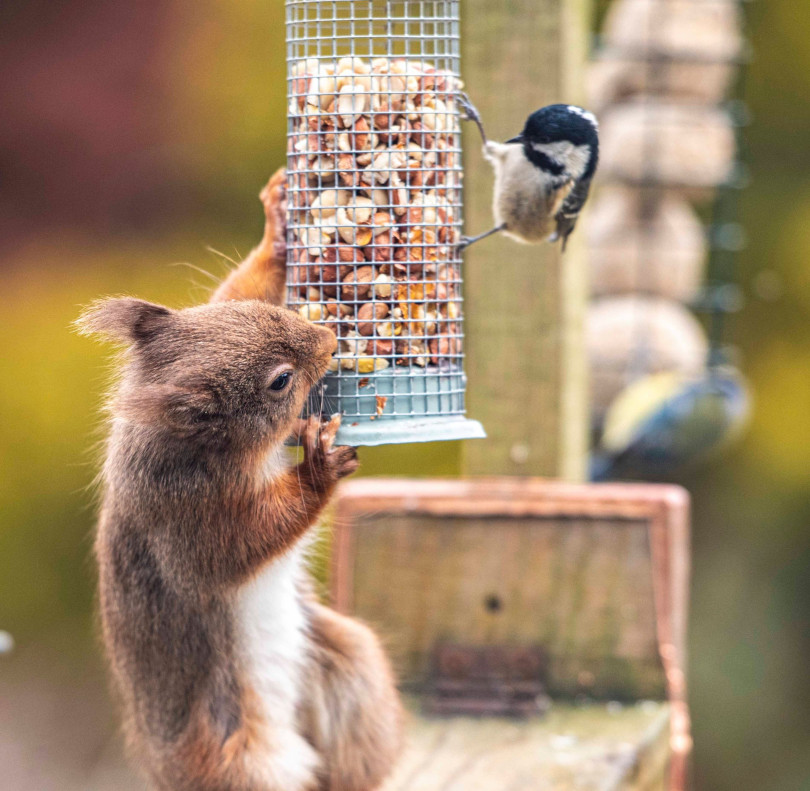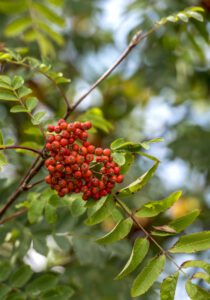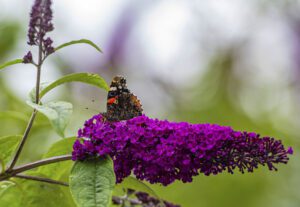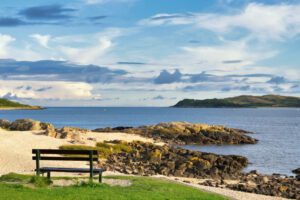
From the Galloway Hills to the Solway Firth, there’s something for everyone to enjoy in Dumfries and Galloway. Whether you’re a fan of hiking, cycling, or water sports, this region has it all.
With its mild climate and proximity to the sea, Dumfries and Galloway is home to a variety of Mediterranean species of trees and shrubs that are not commonly found in other parts of Scotland. Some examples include:
- Holm Oak (Quercus ilex) – often used as an ornamental tree in parks and gardens.
- The Olive tree (Olea europaea).
- The Cork Oak (Quercus suber).
- The Montpellier Maple (Acer monspessulanum) – a species of maple tree.
- The Rhamnus alaternus or Italian Buckthorn – an evergreen shrub or small tree.
- The Mediterranean Fan Palm (Chamaerops humilis).
What can you see depending on the time of the year?
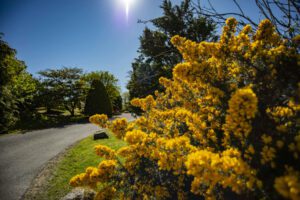
The various seasons bring with them an array of different colours, shapes and smells from the countless plants, trees and shrubs you can see at every turn in this wonderful area of South West Scotland.
Here are a few examples of what you might expect to see during the different seasons of the year throughout Dumfries and Galloway:
Spring:
Daffodils (Narcissus sp.)
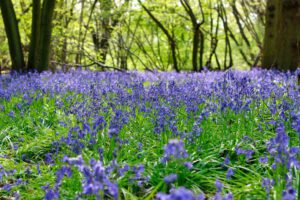
Wild Garlic (Allium ursinum)
Primrose (Primula vulgaris)
Cowslips (Primula veris)
Summer:
Foxgloves (Digitalis purpurea)
Heather (Calluna vulgaris)
Iris (Iris sp.)
Rose (Rosa sp.)
Lavender (Lavandula sp.)
Michaelmas Daisy (Aster sp.)
Goldenrod (Solidago sp.)
Sedum (Sedum sp.)
Chrysanthemums (Chrysanthemum sp.)
Berries such as blackberries (Rubus fruticosus)
Winter:
Holly (Ilex aquifolium)
Ivy (Hedera helix)
Winter Jasmine (Jasminum nudiflorum)
Witch Hazel (Hamamelis sp.)
Christmas Rose (Helleborus niger)
Enjoy Nature At Coastal Kippford Holiday Park All Year Round
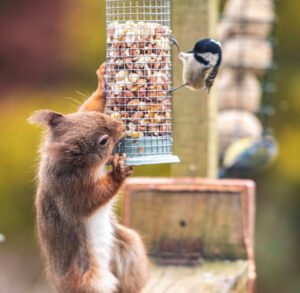
There is much to see in the park itself if you’re a hobby horticulturist. That Gulf Stream we mentioned earlier is responsible for the assortment of plants and trees on our grounds, rarely seen in this part of the world.
The list feels almost endless, and includes:
- Mature English oak trees
- Red oak
- Cherry trees
- Hawthorn (flowers white in springtime)
- Acer trees (array of different colours on Park)
- Cotoneaster trees
- Hydrangeas (purples, blues, pink and white)
- Azaleas (wonderful range of different sizes and colours)
- Rhododendrons (different colours)
- Cork screw witch hazel
- Magnolia tree
- Cypresses trees
- Caledonian pines
- Birch trees, including Silver birch (Dalbeattie is known as Valley of the Birches)
- Beech trees
- Alder trees
- Conifer trees
- Hazel tree
Eucalyptus trees (native to Australia)
- Rowan trees
- Chilean or Fire tree, also known as red flame tree
- Fuchsias (shrubs and hedges)
- Buddleia (butterflies love them!)
- Weeping copper beech
- Palm trees
- Pieris shrub
- Cordyline (aka cabbage palm), native to New Zealand
- Gunnera
- Snowdrops.
Our carefully maintained grounds include several indigenous and foreign plant and tree species including Birch, Caledonian Pine, Mature English Oak, several species of Fuschias, Azaleas, and Hydrangeas, and even Palm and Eucalyptus trees. Our palm and eucalyptus trees draw particular attention as they are species known to thrive in subtropical and tropical weather.
Digging a little deeper on some of the other plant life we look at fuschias, azaleas, and hydrangeas. All of these are flowering plants that are known for their colourful and showy blooms.
Fuschias are a type of flowering shrub that is native to Central and South America. They are known for their bell-shaped flowers, which can be pink, purple, red, or white in colour.
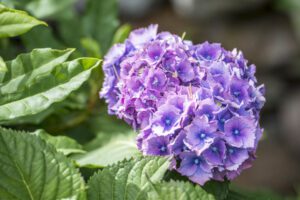
Hydrangeas are a type of flowering shrub that are also native to Asia and North America. They are known for their large, showy flower heads, which can be white, pink, blue, or purple in colour. Hydrangeas are often grown in gardens and pots, and can be trained to grow as a small tree or a climbing vine.
Coastal Kippford is home to a diverse array of plants and trees. It is fair to say that each season brings its own unique beauty and experience to the grounds, providing visitors with a constantly changing vista that can be enjoyed all year round. The diversity of plants and trees ensures that there is always something new and exciting to discover, making Coastal Kippford a truly special place to visit.

